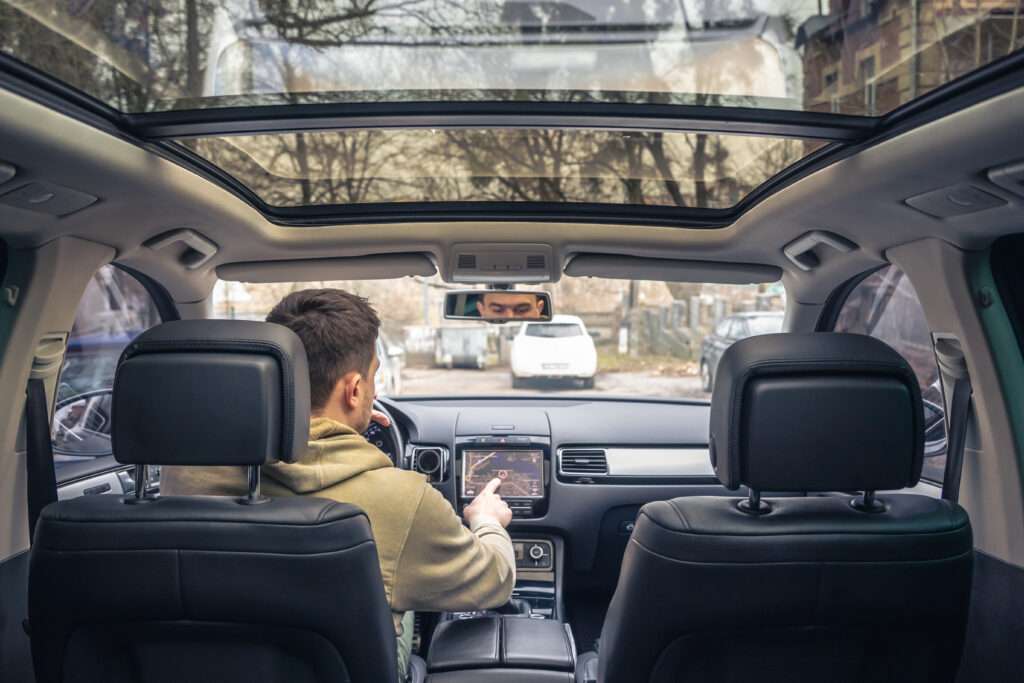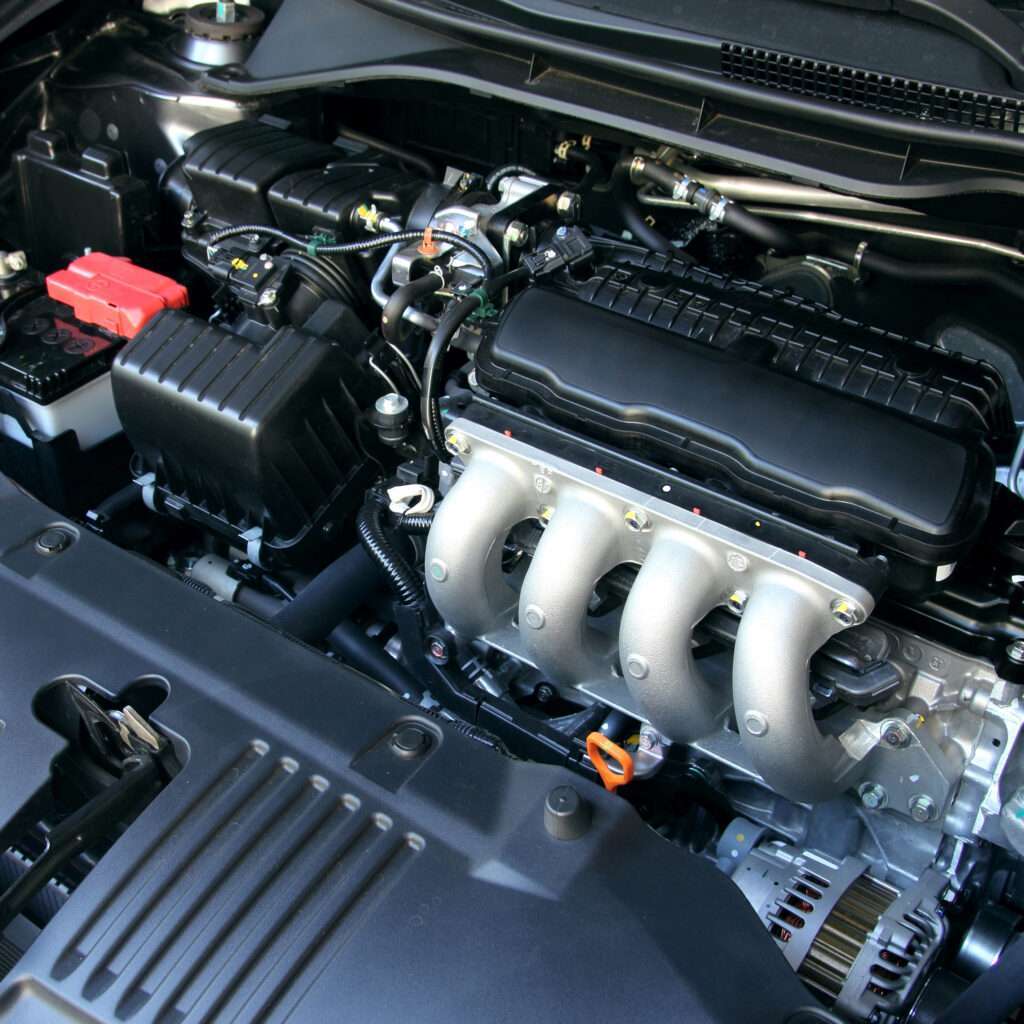Price vs. Condition: How to Choose the Best Rental Car Without Getting Scammed
Is saving a few bucks worth the risk of ending up with a car that’s unreliable or poorly maintained? When it comes to renting a car, it’s easy to get caught up in flashy discounts or low rates, only to find yourself frustrated by hidden fees or questionable vehicle conditions. Striking the right balance between price and quality can feel like solving a tricky puzzle.
This blog will guide you through the essentials of choosing the best rental car.
Factors Affecting Rental Car Pricing
Several factors determine how much you’ll pay for a rental car:
- Luxury or SUV models cost more than economy or compact cars. The latest models cost higher.
- Daily or short-term rentals often cost more per day than long-term rentals (weekly or monthly).
- Prices are higher during peak travel seasons and in tourist hotspots. Off-season and less popular locations may offer discounts.
Pricing Variations Among Rental Car Companies
No two rental companies price their services the same way.
Here’s why:
Policies and Packages
Some companies include insurance or unlimited mileage in the price, while others charge extra for these features.
Fleet Size and Availability
Larger companies with a bigger fleet may offer more competitive rates than smaller, local operators.
Value in The Market
Budget-friendly companies focus on affordability, whereas premium brands prioritize luxury and reliability, leading to price differences.
Assessing Vehicle Condition: What to Check
Evaluating the condition of a rental car is crucial to avoid being held responsible for pre-existing issues or driving an unsafe vehicle.
Here’s what to inspect:
1. Exterior Inspection
Carefully examine the car’s exterior before driving off:
- Scratches and Dents: Note any visible damage on doors, bumpers, and the hood.
- Tires: Check for adequate tread depth and ensure there are no punctures or bulges.
- Windows and Mirrors: Ensure there are no cracks or chips that could worsen during your trip.
- Lights: Verify that headlights, taillights, and indicators work properly.

2. Interior Inspection
A car’s interior can reveal a lot about its maintenance:
- Seats and Upholstery: Look for stains, tears, or excessive wear.
- Dashboard and Controls: Ensure the air conditioning, radio, and dashboard controls are functioning.
- Cleanliness: Check for cleanliness to ensure a comfortable experience.

3. Engine and Safety Features
While you may not need an expert’s eye, certain basics shouldn’t be overlooked:
- Engine Start-Up: The car should start smoothly without odd noises.
- Brakes: Test the brakes gently to ensure they respond properly.
- Safety Equipment: Confirm the presence of airbags, a spare tire, and necessary tools.

4. Document the Condition
Always document the car’s state before leaving the lot:
- Take photos or videos of any damage.
- Ask for a condition report from the rental company.
- Ensure a company representative signs off on the noted damages.
Price vs. Condition: Finding the Right Balance
Finding the sweet spot between cost and quality is key when renting a car.
Here’s how to balance the two:
1. When to Prioritize Condition Over Price
Certain scenarios make it worth spending more for a reliable vehicle:
- Safety and reliability matter more for extended journeys.
- Choose a vehicle that can handle rough terrains or challenging weather conditions.
- A well-maintained car ensures a professional appearance and hassle-free experience.
2. When a Budget Option Is Safe
Sometimes a cheaper car is sufficient:
- If you’re driving short distances in urban areas, an economy car works fine.
- For a temporary replacement, a basic option may suffice.
- Budget options are often well-maintained during off-peak seasons.
3. Avoid ‘Too Good to Be True’ Deals
Overly low prices can be a red flag:
- The car may be in poor condition or lack essential features.
- Hidden fees or inadequate insurance coverage might accompany such deals.
4. Consider Value, Not Just Cost
Look at what the rental offers for the price, including:
- Insurance packages.
- Mileage limits.
- Customer support and roadside assistance.
How to Avoid Common Rental Car Scams
Scams can turn a smooth rental experience into a nightmare. Here’s how to avoid them:
1. Phantom Damages
Rental companies may claim you caused pre-existing damage:
- Document all damages with photos and videos before driving off.
- Request a signed damage report from the company.
2. Hidden Fees
Unexpected costs can inflate your final bill:
- Read the rental agreement carefully to identify any hidden charges.
- Clarify policies on fuel, additional drivers, and late returns.
- Avoid unnecessary add-ons like GPS if you can use your phone.
3. Insurance Upselling
Some companies pressure customers into buying unneeded coverage:
- Your credit card or personal auto insurance may already cover rentals.
- Opt only for coverage that’s essential for your trip.
4. Unclear Deposit Policies
Be cautious with companies that don’t clearly explain deposit rules:
- Ensure you understand when and how your deposit will be refunded.
- Avoid companies with vague policies or no written documentation.
5. Fake Rental Companies
Scammers may set up fake listings:
- Use reputable platforms or established rental companies.
- Verify the company’s legitimacy through reviews and official contact channels.
Conclusion
Choosing the best rental car doesn’t have to be a stressful or risky experience. By balancing price and condition, doing your research, and staying vigilant about potential scams, you can ensure a smooth and reliable rental process. Remember, not every rental company is out to scam you, many reputable businesses prioritize customer satisfaction and transparency.
Take the time to compare prices, inspect the vehicle thoroughly, and understand the rental agreement before making a decision. By being proactive and informed, you’ll not only avoid potential pitfalls but also drive away with confidence, knowing you’ve made the right choice.

